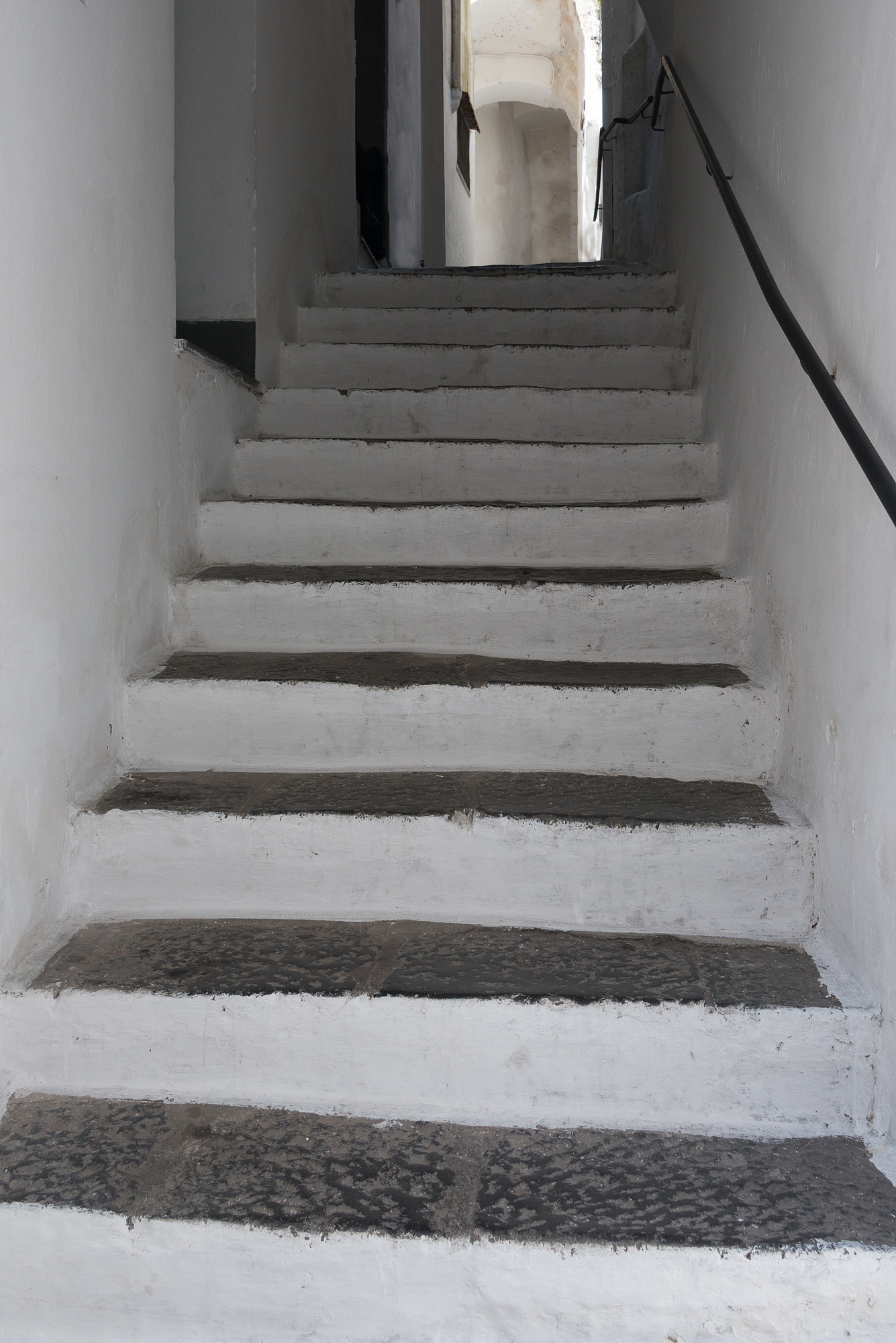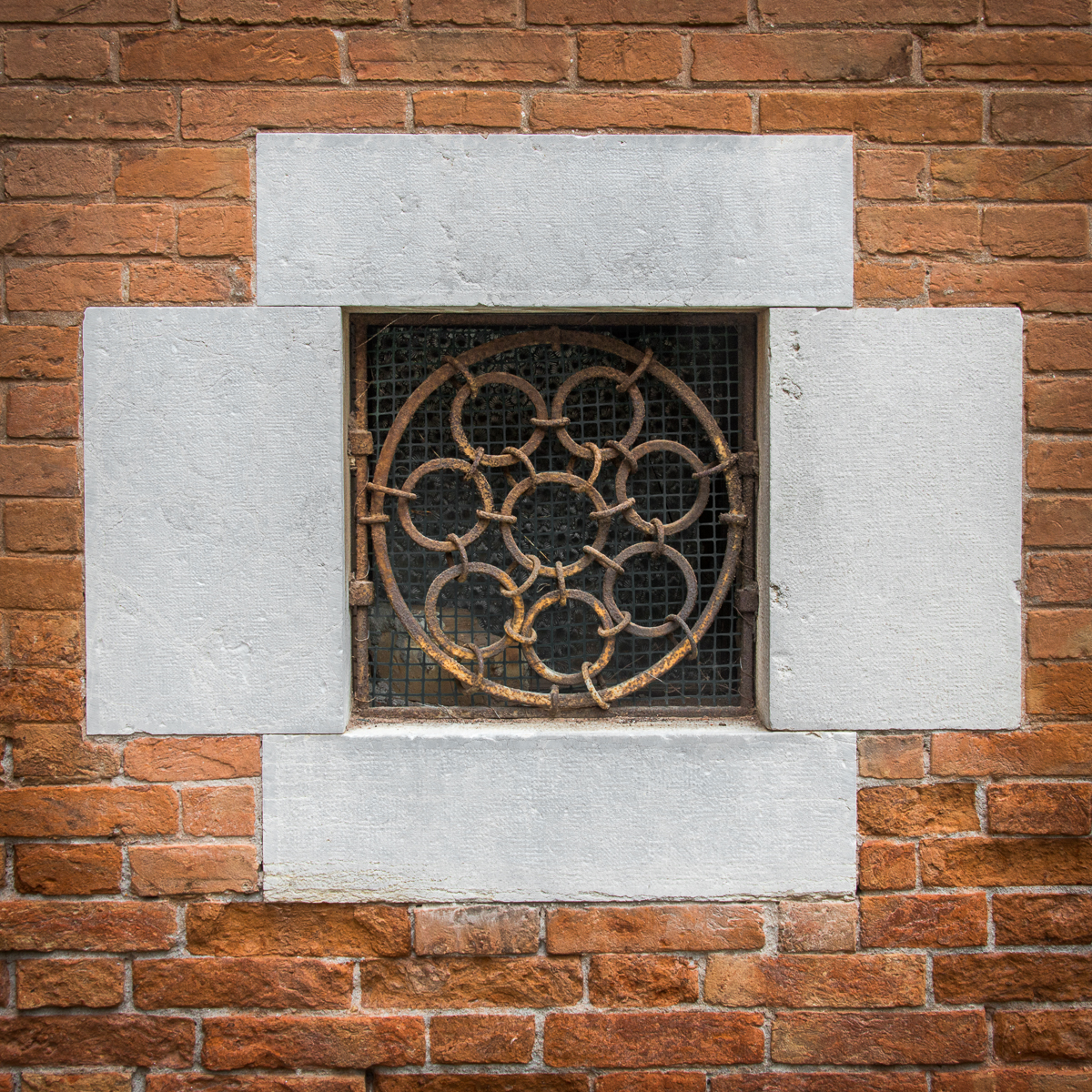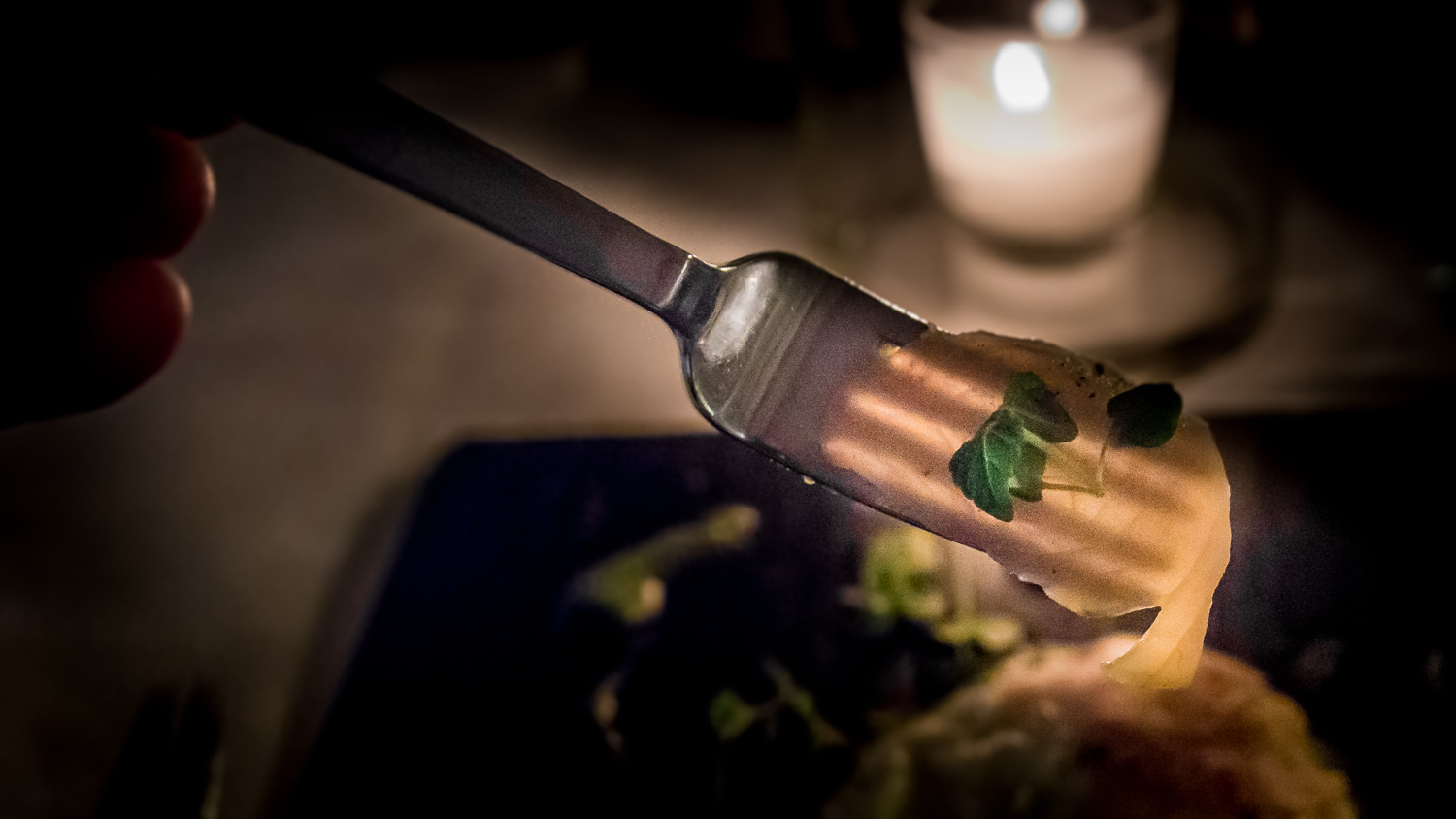On March 22nd, I presented to you Transforming a Water Gate #1. Today, I transform another of these uniquely Venetian phenomena....just for you.
“So, there you have another example of Venice brought back from the present to the past”
Here is today's water gate, with modern distractions which give me great pause in my quest for a Venice of days-gone-by. But I'm not averse to all of these distractions. Normally I would eliminate the downspout, but I'm thinking that I can age it a bit and not treat it as a character flaw. And the laundry and plastic at the top can be cropped out.
Original snapshot with distracting elements
Below is the image with a tighter crop and some alignment of verticals.
The lines are now straightened and some elements have been cropped out
And here we are at the stage where I start to add an atmosphere of aging to the image.
Starting to look a bit more old-Venetian
And for the final photo, more cracks, grit and saturation of the colors.
So, there you have another example of Venice brought back from the present to the past. That's my job...and I enjoy it. I hope you do, too.
Ciao for now,
Steve



































